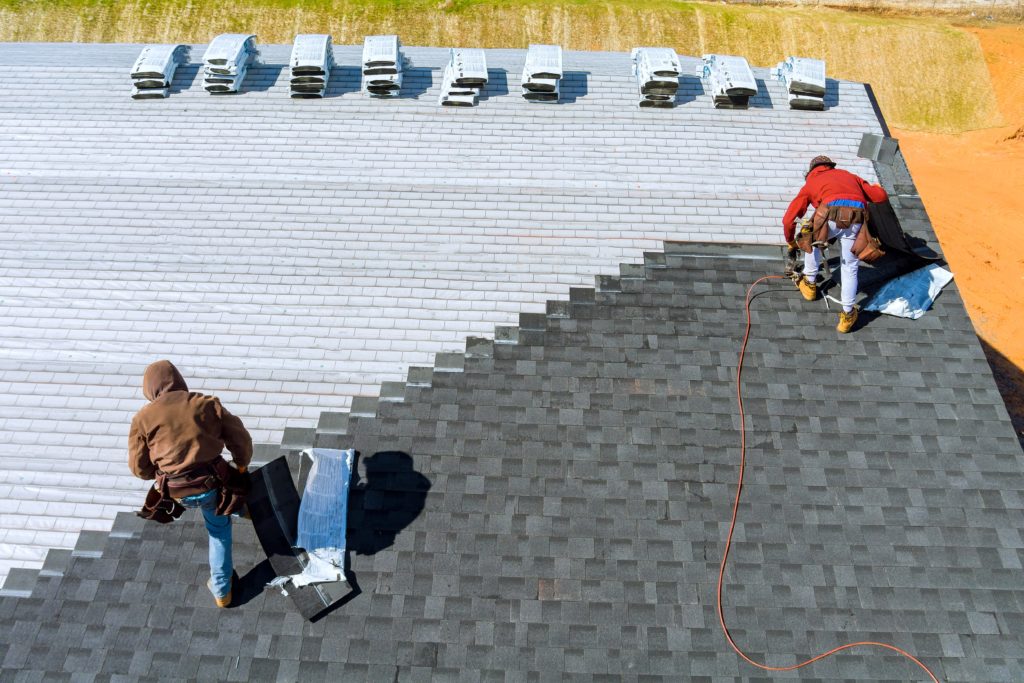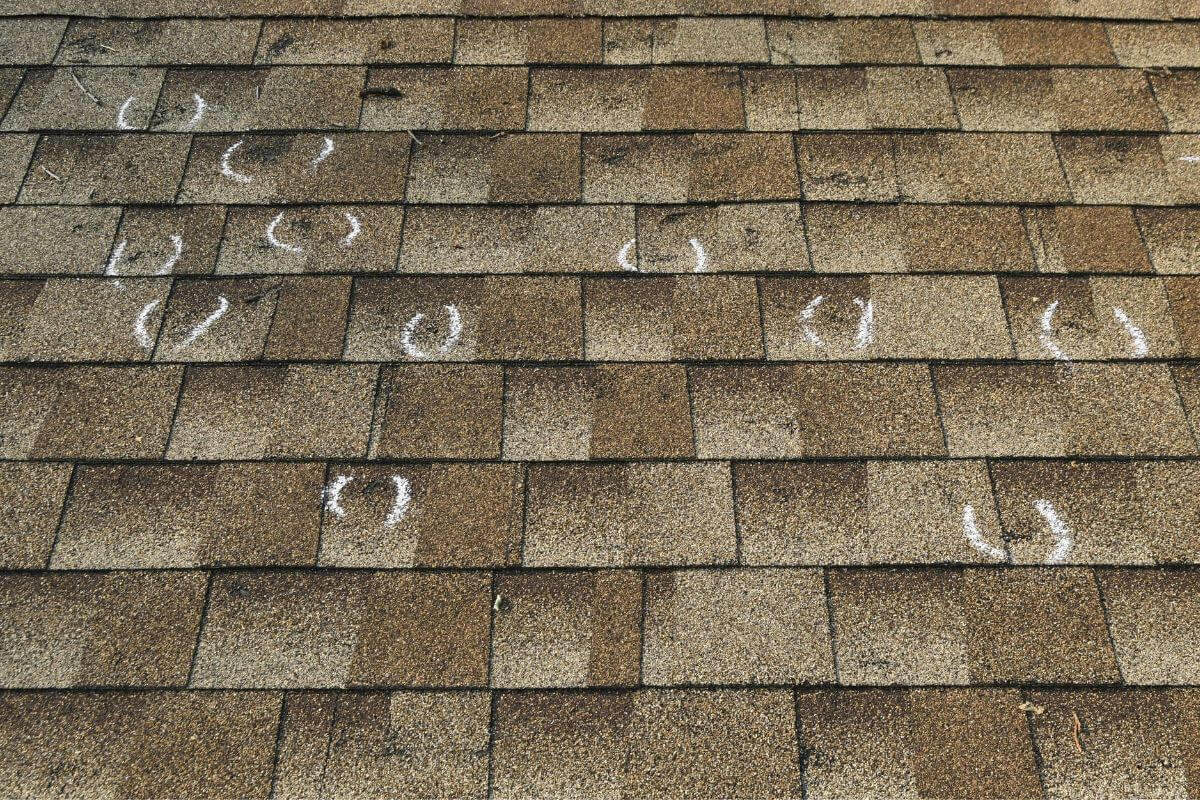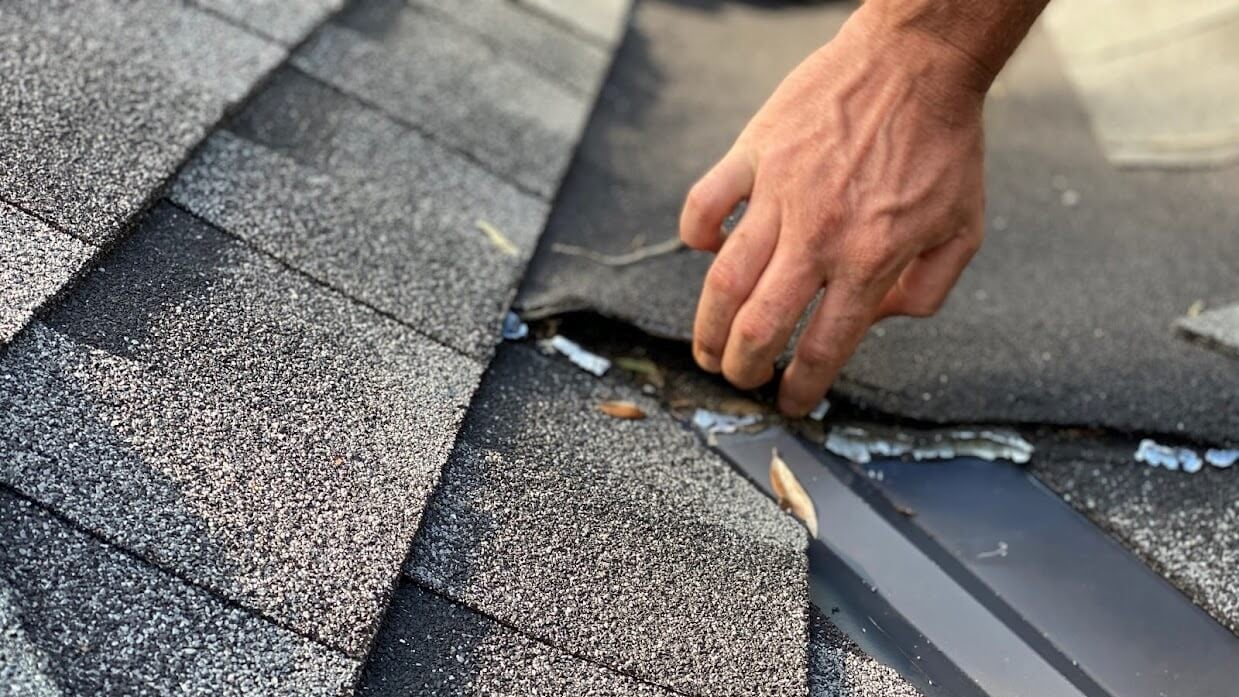Homeowners in Texas typically spend between $6,000 and $20,000 for a roof replacement, with the average cost around $12,000 for a standard 2,000 sq. ft. shingle roof. If you’re wondering how much a roof replacement is in Texas, various factors like roofing material, labor, and roof complexity influence this range. This guide will walk you through everything you need to know about roof replacement costs in Texas.
Key Takeaways
- Homeowners in Texas can expect roof replacement costs to range from $6,000 to $20,000, with an average price of around $12,000 for a standard 2,000 sq. ft. shingle roof.
- Factors influencing roof replacement costs include roofing material, roof size and complexity, and regional labor costs, all of which affect budgeting and final pricing.
- To minimize expenses, homeowners should obtain multiple contractor quotes, choose durable materials, and consider financing options like home equity loans or insurance claims.
Average Roof Replacement Cost in Texas
Most homeowners in Texas can expect to spend between $6,000 and $20,000 for a roof replacement, with the average replacement cost typically falling around $12,000 for a standard 2,000 sq. ft. shingle roof. This wide range reflects the variety of factors that can influence the final price, from the type of roofing material used to the complexity of the roof design. Knowing these costs helps you prepare for a successful roofing project.

The roofing material you choose will significantly impact the overall cost. For example, asphalt shingles are generally more affordable, while metal tile roofing can be more expensive but offer greater durability and longevity.
Labor costs, roof size, and other factors, such as building permits and removing the old roof, will also affect the total cost. Considering all these elements helps you better estimate your budget and avoid unexpected expenses.
Factors Affecting Roof Replacement Costs
Understanding the factors influencing roof replacement costs can help you manage your budget effectively. The choice of roofing material, the size and complexity of your roof, and labor costs in your area all play a crucial role in determining the final price.
Each of these factors contributes to the total cost in different ways. For instance, the type of roofing material you select will determine the price per square foot, while the size and complexity of your roof will influence both material and labor costs. Additionally, labor rates can vary significantly across Texas, adding another layer of complexity to your budgeting process.
Roofing Material Options
The choice of roofing material is one of the most significant factors affecting the overall cost of a roof replacement. Typical roofing materials used in Texas include architectural shingles, metal roofing, 3-tab asphalt shingles, concrete clay tiles, and slate tiles. Each of these materials comes with its own pros, cons, and price range. You just need to select the one that best suits your needs and budget.
For instance, asphalt shingles are among the most affordable roofing materials, typically costing between $80 and $100 per square. On the other hand, metal roofing can range from $3 to $36 per square foot, offering greater durability and resistance to Texas weather conditions like hail. Tile roofing, another popular option, generally costs between $3 to $15 per square foot and provides excellent aesthetic appeal and longevity. Architectural shingles and concrete tiles are excellent mid-range options for those looking for a balance between affordability and durability.
Selecting the right material also involves considering local weather conditions. Hail-resistant architectural shingles and stone-coated metal tiles are recommended for hail-prone areas, while wooden roofs should be avoided in regions susceptible to wildfires.
Selecting the appropriate material ensures your new roof stands the test of time and weather, saving money on future repairs and replacements.
Roof Size and Complexity
The size and complexity of your roof are critical factors that directly influence the total replacement cost. Larger roofs require more materials and labor, naturally leading to higher costs. For example, a simple, flat roof will generally be less expensive to replace than a complex roof with multiple angles and protrusions.
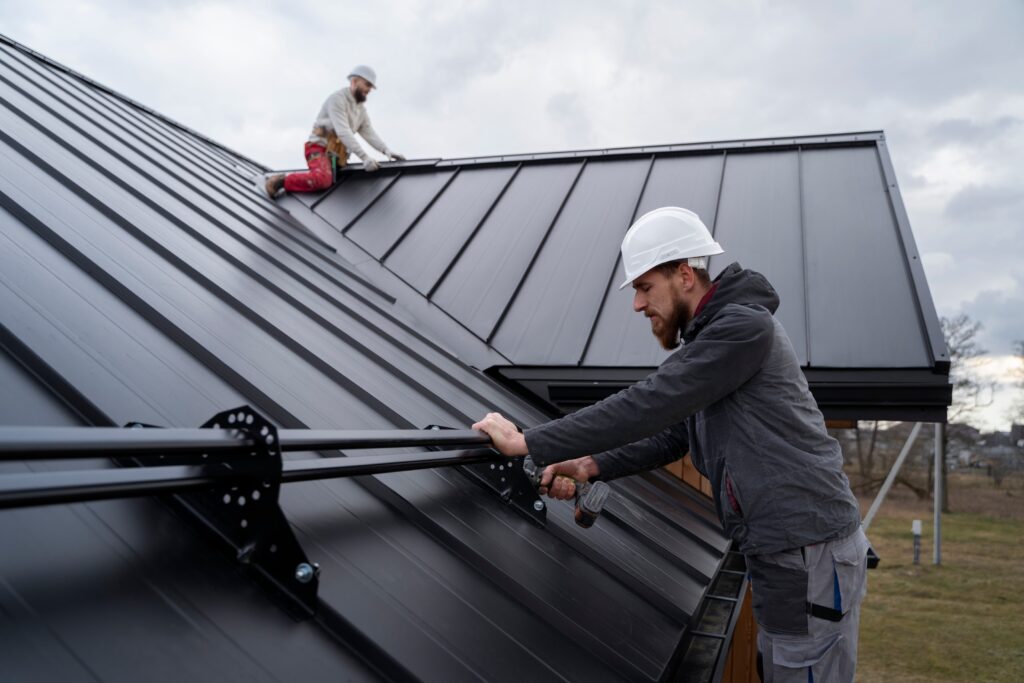
Roof pitch also affects costs. Steeper roofs are more challenging to work on and require additional safety measures, which can increase the costs for labor. Additionally, the type of roof design, such as hipped or Dutch roofs, may require more material than simpler designs like gable roofs.
Consider these factors when planning your roofing project, as they will impact your overall budget.
Labor Costs in Texas
Labor costs for roof replacement in Texas can vary widely, ranging from $1 to $5 per square foot. Several factors, including the complexity of the job, the proficiency of the workers, and the location of the project, can influence these costs. For instance, labor costs tend to be higher in urban areas compared to rural locations.
Additional factors, such as the choice of roofing material and the time of year, can also impact labor costs. For example, roofing projects carried out during peak seasons may incur higher labor rates due to increased demand. Recognizing these variations helps you budget more accurately and avoid unexpected expenses during your roof replacement project.
Additional Costs to Consider
Aside from the primary costs of materials and labor, several additional expenses can arise during a roof replacement project. You can account for these costs in your budget to avoid any financial surprises. Permit fees, dumpster rentals, and potential structural repairs are just a few examples of additional costs that may come into play.
To help you plan more effectively, we will explore specific additional costs in the following subsections, including building permits, removing your old roof, and potential hidden costs. Being aware of these expenses will enable you to budget more accurately and ensure a smoother roofing project.
Building Permits
In Texas, obtaining the necessary building permits is a crucial step in the roof replacement process. Depending on your location and the scope of the project, these permits typically cost between $400 and $1,000. Failing to secure the required permits can result in fines and delays, adding unnecessary expenses to your roofing project.
Work with a knowledgeable roofing contractor who can navigate the permitting process and ensure compliance with local building codes.
Removing Your Old Roof
Removing the existing roof is another cost that homeowners need to consider when planning a roof replacement. This process typically costs anywhere from $1 to $5 per square foot. The labor involved in removing the old roof generally ranges from $1 to $2 per square foot. Additionally, hauling away the old roofing material to the dump can cost between $20 and $50 per ton.
The total cost of removing your old roof will depend on the size of your roof and the amount of material that needs to be disposed of. Accounting for these expenses in your budget helps avoid unexpected costs and ensures a smoother transition to your new roof.
Hidden Costs
Hidden costs can significantly impact your overall financial outlay during a roof replacement project. One common hidden cost is the need for additional underlayment, which is essential for preventing water damage but can be easily overlooked during budgeting. Homeowners insurance typically does not cover the wear and tear of the roof, so these expenses often come out of pocket.
To budget effectively and avoid unexpected expenses, set aside an additional 15% of the total budget for unforeseen costs. By being aware of potential hidden costs and planning accordingly, you can ensure a more accurate estimate of your overall roofing expenses.
Financing Your Roof Replacement
Financing a roof replacement can be a significant concern for many homeowners, but several options are available to help manage this expense. Home equity loans, personal loans, and insurance claims are some of the most common methods used to finance roof replacement projects. Knowing the benefits and risks of these options can help you make an informed decision.
The next sections will explore each financing method in detail, helping you choose the best option. Whether you’re looking to leverage the equity in your home, obtain a personal loan, or file an insurance claim, we’ve got you covered.
Home Equity Loans
Home equity loans are a popular option for financing roof replacements. They provide you quick access to funds and often feature fixed low-interest rates. This type of loan allows you to borrow against the equity you have built up in your home, making it an appealing choice for large projects like a roof replacement.
However, it’s important to assess the risks associated with home equity loans, such as the potential for foreclosure if repayments are not made. You should ensure you have confidence in your ability to make monthly repayments before taking out a home equity loan.
Carefully consider these factors before you decide whether or not a home equity loan is the right financing option for your roof replacement project.
Personal Loans

Personal loans are another viable option for financing roof replacement projects. Homeowners can obtain these loans directly from lenders or through roofing contractors, offering flexibility in terms and interest rates. When considering a personal loan, review key aspects such as terms, interest rates, loan length, and monthly payments to ensure it fits your financial situation.
Interest rates on personal loans can vary widely, making it essential to compare multiple offers to find the best deal. Research thoroughly and compare different loan options to make sure you secure a personal loan that meets your needs and finances your roof replacement project effectively.
Insurance Claims
Filing an insurance claim can be a useful way to finance your roof replacement, especially if the damage was caused by specific weather events like storms. To ensure a successful claim, it’s important to document and report the roof damage to your insurance provider promptly.
Providing proof of substantial damage and working closely with your insurance company can potentially cover a significant portion of the roof replacement costs.
Tips for Saving Money on Roof Replacement
Many homeowners prioritize saving money on roof replacement, and several strategies can reduce costs. One effective method is obtaining multiple quotes from different roofing contractors to compare prices, services, and warranties. This ensures transparency and competitive pricing, helping you find the best deal for your project.
Another way to save money is by choosing high-quality materials that offer long-term savings due to reduced future repair needs. Scheduling your roof replacement during the off-season may also result in discounts from contractors. Taking on some of the work yourself, such as removing the old roof, can also lower overall costs.
Example Calculation of Roof Replacement Costs
To provide a clearer picture of how roof replacement costs are calculated, let’s walk through an example. Suppose you have a 2,250 square-foot roof and choose asphalt shingles, which typically cost $6 per square foot in Texas. The estimated labor cost for roof installation is $1 per square foot.
First, calculate the total material cost by multiplying the roof area by the price per square foot: 2,250 sq. ft. x $6 per sq. ft. = $13,500. Next, calculate the labor cost: 2,250 sq. ft. x $1 per sq. ft. = $2,250. Adding these together gives you a base roof cost of $15,750.
Including additional costs such as permit fees, removal of the old roof, and potential hidden costs, the total estimated cost for this roof replacement comes to approximately $21,925. This example highlights the importance of considering all factors to obtain an accurate estimate for your roofing project.
Choosing a Reputable Roofing Contractor
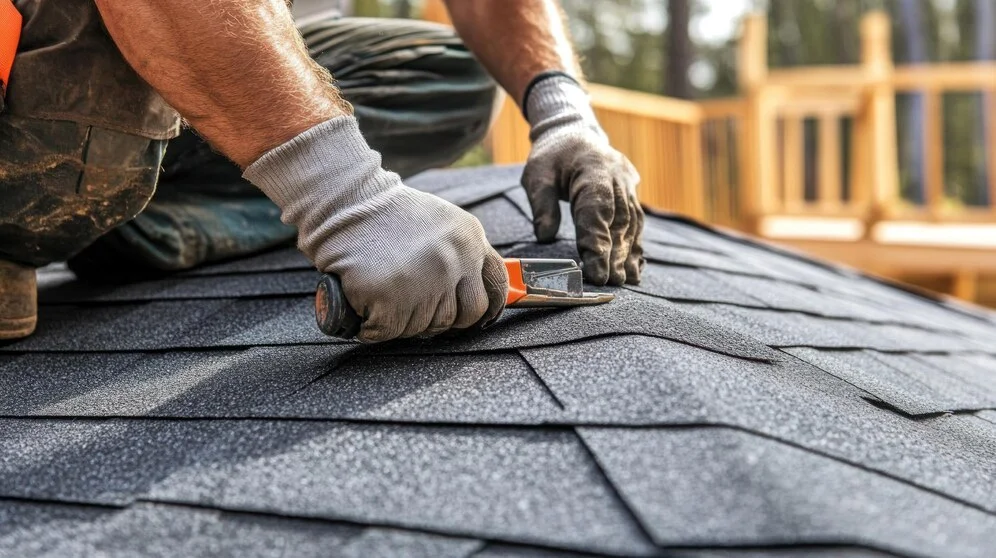
Select a reputable roofing contractor to guarantee the success of your roof replacement project. Start by verifying the contractor’s licensing and insurance to ensure they are legally qualified and financially protected for both general liability and worker’s compensation. This step safeguards both you and the workers involved in the project.
Reading customer reviews on platforms like Google and Yelp can provide valuable insights into a contractor’s reliability and quality of work. An experienced roofing contractor is more likely to deliver high-quality service and effectively handle any issues that may arise during the project.
Additionally, prioritize contractors who have a clear safety plan to protect their workers on the job. Thoroughly vetting potential contractors ensures you choose reputable roofing contractors who will complete your roof replacement to the highest standards.
Rhino Roofing Services
Rhino Roofing has been a trusted name in the industry since 2011, providing comprehensive roofing services to Texas homeowners. With a strong focus on customer satisfaction, we offer a lifetime guarantee on installations, ensuring that your investment is protected for the long term. Our team of experienced professionals is dedicated to delivering high-quality workmanship and exceptional service.
One of the standout features of Rhino Roofing is our commitment to helping homeowners navigate the insurance claims process. We specialize in insurance restoration, providing guidance and support to ensure that your property is restored effectively after storm damage or other events.
Rhino Roofing offers free assessments to evaluate your roofing needs and determine the best solution for your home. With our extensive experience and customer-centric approach, Rhino Roofing is a reliable choice for your roof replacement project.
Summary
In summary, understanding the costs associated with roof replacement in Texas is essential for effective planning and budgeting. The average cost ranges from $6,000 to $20,000, with various factors such as roofing material, roof size, complexity, and labor costs influencing the final price. Additionally, homeowners should consider additional fees such as building permits, removing the old roof, and potential hidden expenses.
By exploring different financing options, you can more effectively manage the financial aspects of your roof replacement. Money-saving tips, such as obtaining multiple quotes and scheduling the project during the off-season, can further reduce costs. Choosing a reputable roofing contractor, such as Rhino Roofing, ensures that your roofing project is completed to the highest standards. With this knowledge, you can now tackle your roof replacement with confidence and peace of mind.
Frequently Asked Questions
What is the average cost of a roof replacement in Texas?
The average cost of a roof replacement in Texas is between $6,000 and $20,000, with about $12,000 for a standard 2,000 sq. ft. shingle roof. It’s important to budget accordingly based on your specific needs.
What factors affect the cost of roof replacement?
The cost of roof replacement is primarily influenced by roofing material selection, the size and complexity of the roof, labor costs, and any additional expenses like permits and old roof removal. Considering these factors will help you budget effectively for your project.
How can I finance my roof replacement?
Depending on your financial circumstances, you can finance your roof replacement through home equity loans, personal loans, or insurance claims. It’s essential to evaluate each option carefully to find the best fit for your needs.
What are some tips for saving money on a roof replacement?
To save money on a roof replacement, obtain multiple quotes from different contractors, choose high-quality materials for longevity, schedule the work during the off-season, and consider doing some tasks yourself, like removing the old roof. Taking these steps can lead to significant savings while ensuring a durable roof.
How do I choose a reputable roofing contractor?
To choose a reputable roofing contractor, ensure they have the necessary licensing and insurance, read customer reviews, and prioritize those with significant experience and safety protocols. This approach will help you secure high-quality service and peace of mind.
